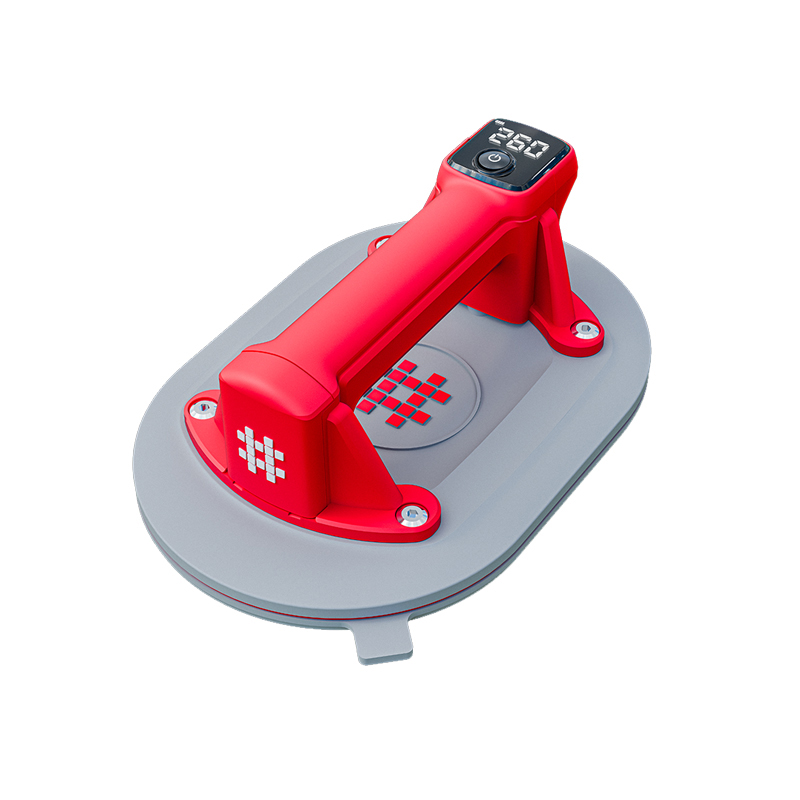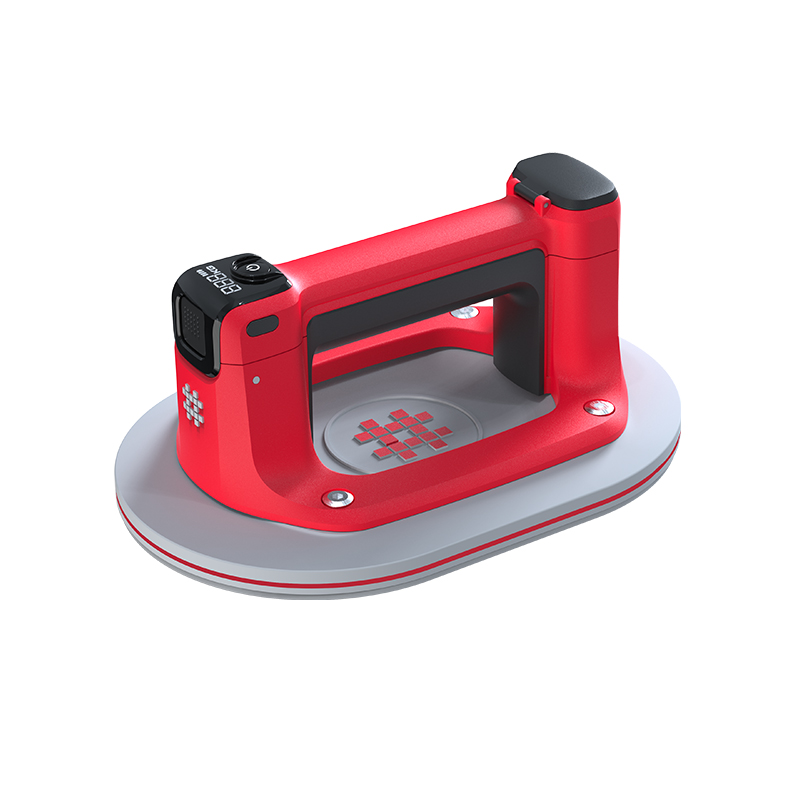You can learn the recent information of Shijing.

In the realm of construction and DIY projects, achieving precise alignment and stability is paramount to the success and longevity of any installation. One indispensable tool that aids in this endeavor is the level ruler. Whether you're hanging shelves, installing cabinets, or constructing a deck, a level ruler ensures that your project is straight, balanced, and secure. Let's explore how to maximize the effectiveness of a level ruler to ensure a secure and stable installation.
Understanding the Basics of a Level Ruler:
Before delving into its application, it's essential to understand the fundamentals of a level ruler. Also known as a spirit level or bubble level, this tool consists of a straight edge with a built-in vial containing liquid and an air bubble. When the ruler is placed on a surface, the bubble settles between two marked lines, indicating whether the surface is perfectly horizontal (level) or vertical (plumb). This simple yet ingenious design provides a visual reference for achieving precise alignment in various applications.
Preparing the Work Area:
Before beginning any installation, it's crucial to prepare the work area to ensure a stable foundation for the project. Clear the space of debris, dust, and obstacles that may interfere with the accuracy of the measurements or the placement of the level ruler. Additionally, ensure that the surface where the installation will occur is clean, flat, and free from any irregularities that could affect the stability of the final result.
Selecting the Right Level Ruler:
Not all level rulers are created equal, and choosing the right one for your specific project is essential. Consider factors such as length, accuracy, and durability when selecting a level ruler. Longer rulers are ideal for larger projects or spanning greater distances, while shorter rulers offer greater precision in tight spaces. Ensure that the ruler's vials are accurately calibrated and free from defects to guarantee reliable measurements throughout the installation process.
Using the Level Ruler for Horizontal Alignment:
When installing shelves, cabinets, or other horizontal fixtures, the level ruler is indispensable for ensuring that they are perfectly level. Begin by placing the ruler on the surface to be leveled, ensuring that it spans the entire length or width of the installation area. Adjust the position of the ruler until the bubble settles between the marked lines, indicating that the surface is level. Use shims or adjustments as necessary to achieve precise alignment before securing the fixture in place.
Achieving Vertical Alignment with the Level Ruler:
In projects involving vertical installations, such as hanging pictures, mirrors, or wall-mounted fixtures, the level ruler helps ensure that the items are plumb and securely anchored to the wall. Position the ruler vertically against the surface where the installation will occur, ensuring that it rests flush against the wall. Adjust the position of the ruler until the bubble settles within the marked lines, indicating that the surface is plumb. Use anchors, screws, or other fasteners to secure the installation in place, taking care to align it accurately with the ruler.
Verifying Alignment Throughout the Installation:
As you progress through the installation process, periodically verify the alignment and stability of the project using the level ruler. Check both horizontal and vertical surfaces to ensure that they remain level and plumb, making any necessary adjustments as you go. This iterative approach helps prevent errors from compounding and ensures that the final result meets your standards for precision and stability.
Ensuring Stability in Structural Projects:
In structural projects such as building decks, fences, or framing walls, the level ruler plays a crucial role in ensuring the stability and integrity of the structure. Use the ruler to check the levelness of the foundation, the alignment of support beams, and the verticality of upright posts. Pay close attention to critical points where stability is paramount, making adjustments as needed to achieve better alignment and support throughout the construction process.
Utilizing Advanced Features for Enhanced Accuracy:
Some level rulers come equipped with advanced features such as digital displays, laser guides, or magnetic bases, which can enhance accuracy and convenience in certain applications. Consider utilizing these features to streamline the installation process and achieve even greater precision in your projects. However, remember that the fundamental principles of using a level ruler remain the same, regardless of the additional features it may offer.
Maintaining and Calibrating Your Level Ruler:
To ensure consistently accurate measurements, it's essential to properly maintain and periodically calibrate your level ruler. Keep the ruler clean and free from dirt or debris that could affect the movement of the bubble. Additionally, check the calibration of the vials regularly using a known level surface to verify accuracy. If adjustments are needed, follow the manufacturer's instructions for recalibration to restore the ruler to its better performance.
Conclusion:
In conclusion, the level ruler is an indispensable tool for achieving secure and stable installations in a wide range of construction and DIY projects. By understanding its principles and techniques for application, you can ensure precise alignment and stability in your endeavors. Whether leveling horizontal surfaces, aligning vertical installations, or ensuring stability in structural projects, the level ruler provides a reliable and straightforward method for achieving professional results. Incorporate these tips and best practices into your workflow to maximize the effectiveness of your level ruler and elevate the quality of your projects.
 English
English 中文简体
中文简体 русский
русский Español
Español Deutsch
Deutsch


.jpg)

.jpg)
.jpg)



-2.jpg)
.jpg)
-3.jpg)


.jpg)


.jpg)








